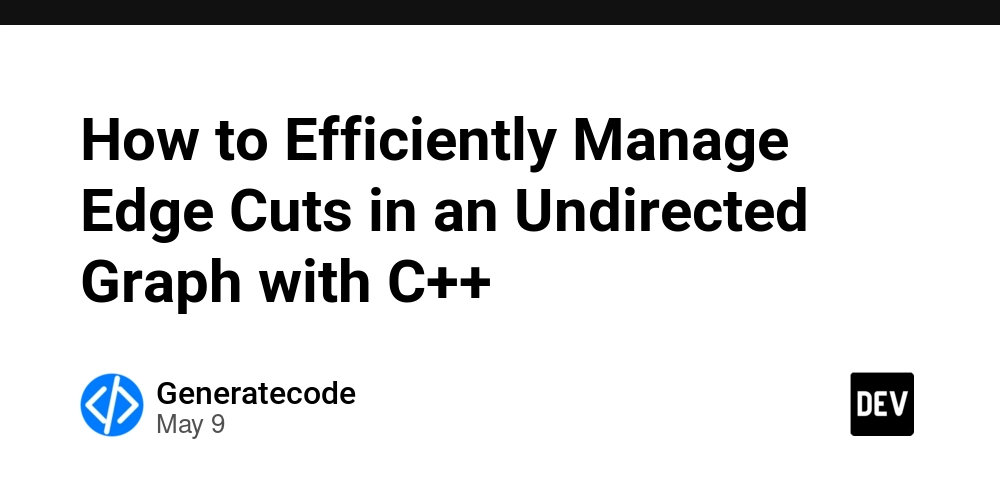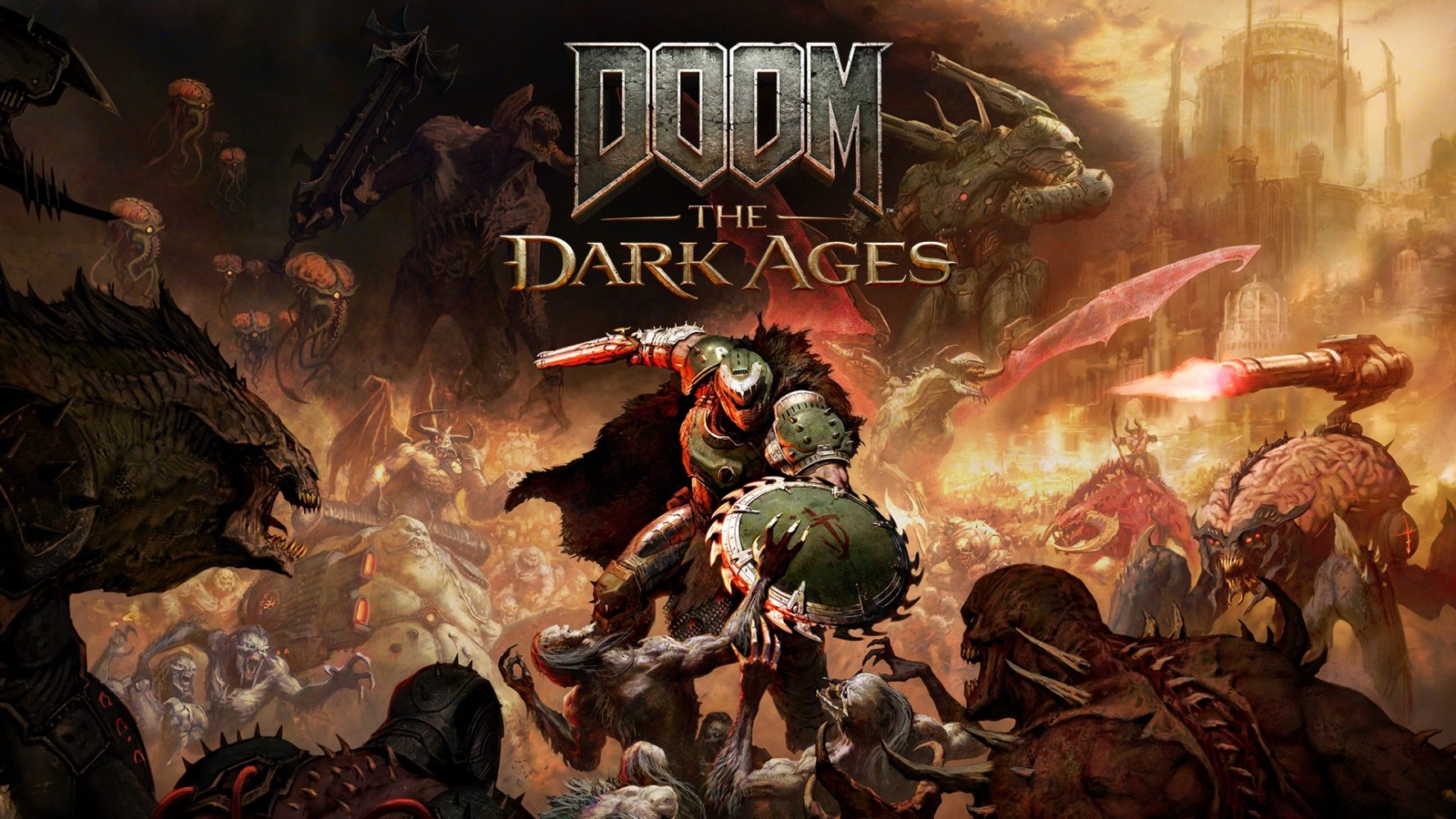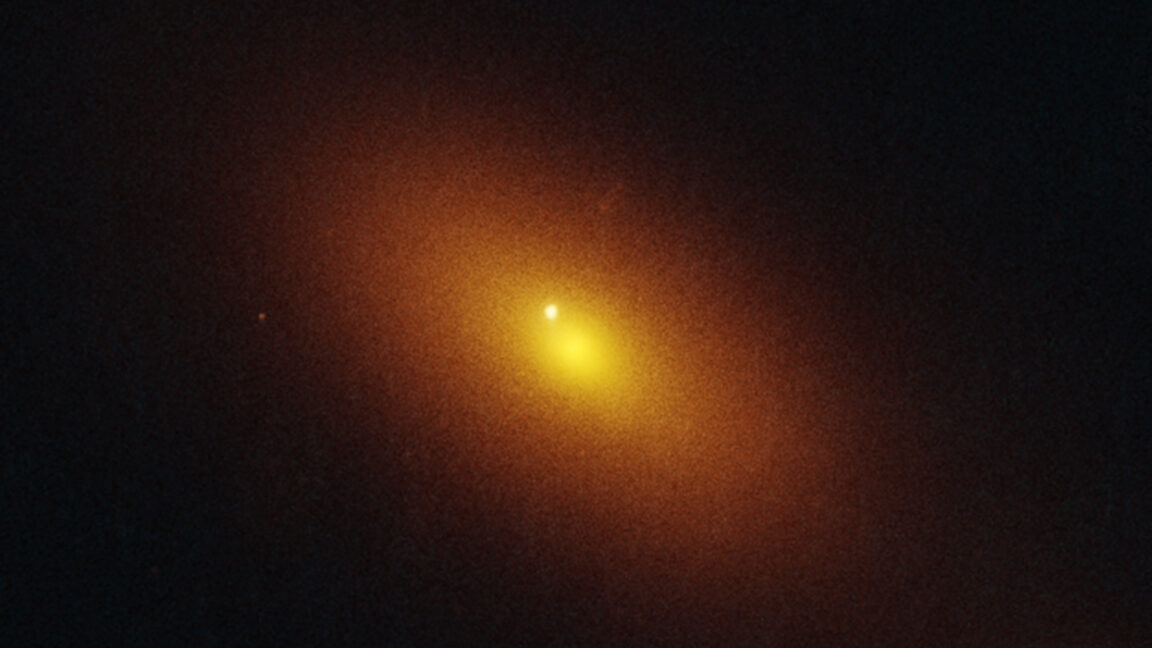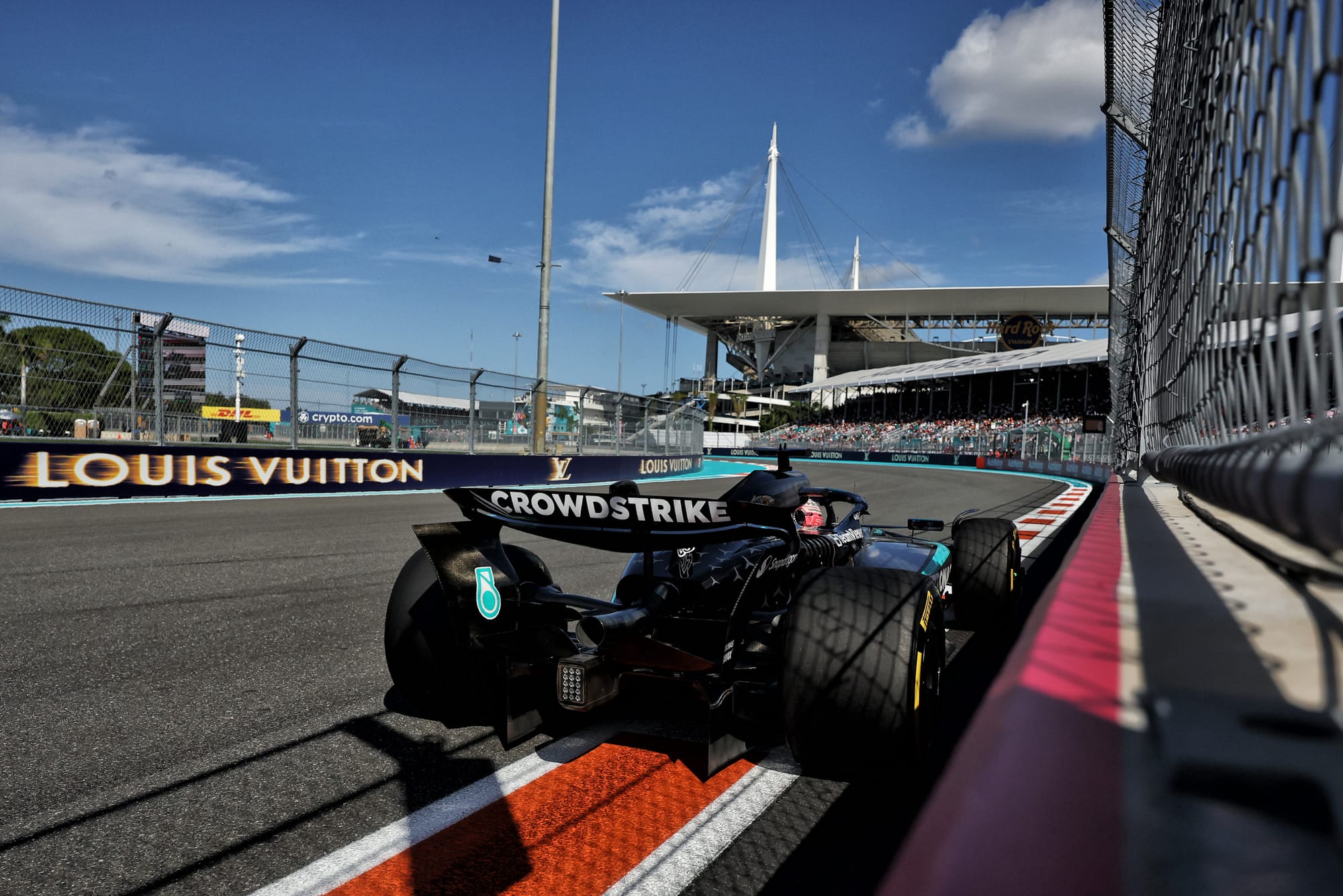How to Efficiently Manage Edge Cuts in an Undirected Graph with C++
Understanding the Problem of Edge Cuts in Graphs When working with undirected graphs, a frequent challenge is managing the connections between vertices. In your university assignment involving edge cuts, you want to efficiently remove an edge and verify connectivity between two vertices. The method of using Union-Find (Disjoint Set Union, DSU) is a solid approach; however, rebuilding your DSU structure every time an edge is cut could lead to unnecessary computational overhead, especially for larger graphs. This article will explore more efficient strategies to handle edge removals while managing connectivity queries. Why Edge Cuts and Connectivity Matter The need for cutting edges in a graph arises in various applications, including dynamic network connectivity, social network analysis, and even in road network management. If two vertices are directly connected by an edge, removing that edge could disconnect them, and it is essential to check if they still have an alternate path between them. While your current Union-Find implementation is functioning correctly, it’s indeed more efficient to maintain the DSU without complete reconstruction after every modification. Strategies for Efficiently Handling Edge Cuts 1. Using a Dynamic Connectivity Approach One way to avoid rebuilding the DSU is by adopting a dynamic connectivity algorithm. This approach allows you to maintain the graph's state efficiently. Specifically, utilizing a link/cut tree or a dynamic connectivity algorithm like Dynamic Trees can help manage edge deletions more effectively without needing to rebuild the entire data structure. 2. Offline Queries and Rebuilding Only When Necessary If you're still interested in using the Union-Find structure, consider handling your queries offline. By storing queries in a list and identifying all cuts that happen together, you could employ a method to rebuild the DSU only when absolutely necessary, thereby minimizing redundant calculations. 3. Implementing Rollback Mechanisms The rollback operation might provide a solution to your problem. You can modify your Union-Find to allow for undoing recent union operations, maintaining a history of the changes. By tagging edges with timestamps or version numbers, you can recreate the state of the DSU prior to a cut if needed. Step-by-Step Solution Using Union-Find Here, let’s refine your existing code to illustrate a few of these strategies in C++. We'll implement a basic framework that incorporates rollback functionality to handle edge cuts dynamically, eliminating the need for constant rebuilding. Modified Union-Find with Rollbacks #include using namespace std; struct Edge { int startIndex, endIndex; }; struct subset { int parent; int rank; }; class UnionFind { public: vector subsets; vector history; // to store operations for rollback UnionFind(int n) { subsets.resize(n); for (int i = 0; i < n; i++) { subsets[i].parent = i; subsets[i].rank = 0; } } int find(int i) { if (subsets[i].parent != i) { subsets[i].parent = find(subsets[i].parent); } return subsets[i].parent; } void unionSubsets(int index1, int index2) { int newIndex1 = find(index1); int newIndex2 = find(index2); if (newIndex1 != newIndex2) { history.push_back({newIndex1, subsets[newIndex1].rank}); // Save state for rollback // Rank logic if (subsets[newIndex1].rank < subsets[newIndex2].rank) subsets[newIndex1].parent = newIndex2; else if (subsets[newIndex1].rank > subsets[newIndex2].rank) subsets[newIndex2].parent = newIndex1; else { subsets[newIndex2].parent = newIndex1; subsets[newIndex1].rank++; } } } void rollback() { if (!history.empty()) { auto [index1, oldRank] = history.back(); subsets[index1].rank = oldRank; // Restore rank history.pop_back(); } } }; int main() { // Input retrieval and graph creation as in your original function int n, m, k; cin >> n >> m >> k; UnionFind uf(n); vector edges(m); for (int i = 0; i < m; ++i) { int u, v; cin >> u >> v; edges[i] = {u - 1, v - 1}; uf.unionSubsets(u - 1, v - 1); } for (int i = 0; i < k; ++i) { string query; int u, v; cin >> query >> u >> v; if (query == "cut") { // Implement the cut logic stored and use rollback on queries // Remove edge u-v logically without complete rebuild uf.rollback(); // Use the rollback instead of full rebuild } else if (query == "ask") { if (uf.find(u - 1) == uf.find(v - 1)) cout

Understanding the Problem of Edge Cuts in Graphs
When working with undirected graphs, a frequent challenge is managing the connections between vertices. In your university assignment involving edge cuts, you want to efficiently remove an edge and verify connectivity between two vertices. The method of using Union-Find (Disjoint Set Union, DSU) is a solid approach; however, rebuilding your DSU structure every time an edge is cut could lead to unnecessary computational overhead, especially for larger graphs. This article will explore more efficient strategies to handle edge removals while managing connectivity queries.
Why Edge Cuts and Connectivity Matter
The need for cutting edges in a graph arises in various applications, including dynamic network connectivity, social network analysis, and even in road network management. If two vertices are directly connected by an edge, removing that edge could disconnect them, and it is essential to check if they still have an alternate path between them. While your current Union-Find implementation is functioning correctly, it’s indeed more efficient to maintain the DSU without complete reconstruction after every modification.
Strategies for Efficiently Handling Edge Cuts
1. Using a Dynamic Connectivity Approach
One way to avoid rebuilding the DSU is by adopting a dynamic connectivity algorithm. This approach allows you to maintain the graph's state efficiently. Specifically, utilizing a link/cut tree or a dynamic connectivity algorithm like Dynamic Trees can help manage edge deletions more effectively without needing to rebuild the entire data structure.
2. Offline Queries and Rebuilding Only When Necessary
If you're still interested in using the Union-Find structure, consider handling your queries offline. By storing queries in a list and identifying all cuts that happen together, you could employ a method to rebuild the DSU only when absolutely necessary, thereby minimizing redundant calculations.
3. Implementing Rollback Mechanisms
The rollback operation might provide a solution to your problem. You can modify your Union-Find to allow for undoing recent union operations, maintaining a history of the changes. By tagging edges with timestamps or version numbers, you can recreate the state of the DSU prior to a cut if needed.
Step-by-Step Solution Using Union-Find
Here, let’s refine your existing code to illustrate a few of these strategies in C++. We'll implement a basic framework that incorporates rollback functionality to handle edge cuts dynamically, eliminating the need for constant rebuilding.
Modified Union-Find with Rollbacks
#include
using namespace std;
struct Edge {
int startIndex, endIndex;
};
struct subset {
int parent;
int rank;
};
class UnionFind {
public:
vector subsets;
vector> history; // to store operations for rollback
UnionFind(int n) {
subsets.resize(n);
for (int i = 0; i < n; i++) {
subsets[i].parent = i;
subsets[i].rank = 0;
}
}
int find(int i) {
if (subsets[i].parent != i) {
subsets[i].parent = find(subsets[i].parent);
}
return subsets[i].parent;
}
void unionSubsets(int index1, int index2) {
int newIndex1 = find(index1);
int newIndex2 = find(index2);
if (newIndex1 != newIndex2) {
history.push_back({newIndex1, subsets[newIndex1].rank}); // Save state for rollback
// Rank logic
if (subsets[newIndex1].rank < subsets[newIndex2].rank)
subsets[newIndex1].parent = newIndex2;
else if (subsets[newIndex1].rank > subsets[newIndex2].rank)
subsets[newIndex2].parent = newIndex1;
else {
subsets[newIndex2].parent = newIndex1;
subsets[newIndex1].rank++;
}
}
}
void rollback() {
if (!history.empty()) {
auto [index1, oldRank] = history.back();
subsets[index1].rank = oldRank; // Restore rank
history.pop_back();
}
}
};
int main() {
// Input retrieval and graph creation as in your original function
int n, m, k;
cin >> n >> m >> k;
UnionFind uf(n);
vector edges(m);
for (int i = 0; i < m; ++i) {
int u, v;
cin >> u >> v;
edges[i] = {u - 1, v - 1};
uf.unionSubsets(u - 1, v - 1);
}
for (int i = 0; i < k; ++i) {
string query;
int u, v;
cin >> query >> u >> v;
if (query == "cut") {
// Implement the cut logic stored and use rollback on queries
// Remove edge u-v logically without complete rebuild
uf.rollback(); // Use the rollback instead of full rebuild
} else if (query == "ask") {
if (uf.find(u - 1) == uf.find(v - 1))
cout << "YES" << endl;
else
cout << "NO" << endl;
}
}
return 0;
}
Conclusion
By implementing these strategies, not only will you reduce the overall complexity of managing your edge cuts and queries but also optimize the connectivity checks significantly. Each method has its benefits, and often a combination can yield the best results. The dynamic nature of the Union-Find structure, paired with rollback functionality, offers substantial improvement over traditional rebuilding methods. Continue experimenting, and you will surely refine your approach in the realm of graph theory.
Frequently Asked Questions
What is the Union-Find structure?
The Union-Find structure efficiently handles dynamic connectivity queries, allowing you to find the root of each element and unite different sets.
How can I optimize my Union-Find structure for dynamic edge cuts?
Consider using rollback operations to track changes and avoid full rebuilds. Alternatively, employ dynamic connectivity algorithms that can adapt to edge modifications.
Can I directly remove edges without full rebuilding?
Yes, using rollback techniques or dynamic data structures can help manage edge deletions effectively without the need for complete reconstruction.
















![Life in Startup Pivot Hell with Ex-Microsoft Lonewolf Engineer Sam Crombie [Podcast #171]](https://cdn.hashnode.com/res/hashnode/image/upload/v1746753508177/0cd57f66-fdb0-4972-b285-1443a7db39fc.png?#)




























































